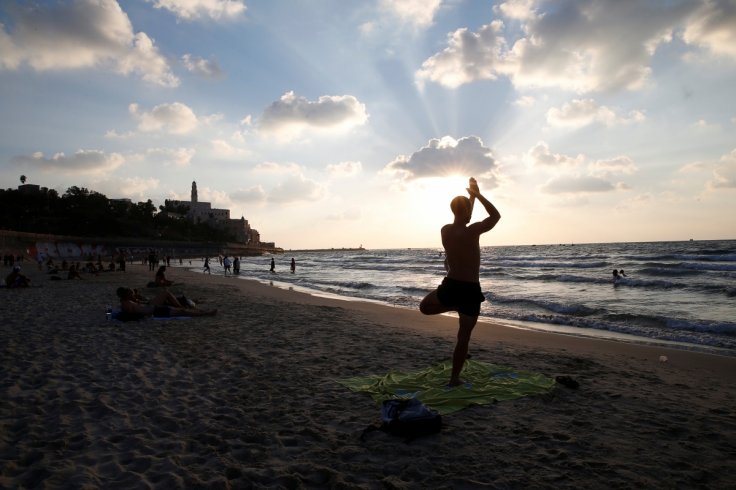A study by the American Cancer Society found that the highest rates of UV- attributable melanoma were in many states on the East and West Coast but several landlocked states such as Minnesota and Utah were also found to have high rates. They found that between 2006–2015, the incidence rate of melanoma among men and women rose by two percent.
Cutaneous melanoma or melanoma, a form of skin cancer, is often attributed to the exposure to ultraviolet (UV) radiation and contributes to one percent of all skin cancers in the United States. The current study details the variation in the rates of melanoma attributable to UV, state-by-state, and the rising risk of melanoma.
Warning about the rising melanoma rates, the authors wrote, "If these trends continue, the number of melanoma cases diagnosed each year will rise from about 96,480 cases (5.5 percent of all cancers) in 20191 to about 151,000 cases (7.1 percent of all cancers) in 2030."

Non-Hispanic whites have the highest rates of UV-caused melanoma
Among the total number of melanoma cases diagnosed in the US during 2011-2015, 91 percent of the cases(338,701 of 372,335) were attributed to UV-exposure. Of these, 94.3 percent of the cases(319,412) were diagnosed in non-Hispanic whites.
In order to highlight the difference between states, the results of non-Hispanic whites were highlighted rather than the total population. This was because a lower burden in certain states could mostly reflect a higher percentage of non-whites within the population. The incidence rates for melanoma in the US are the lowest in African Americans— one per 100,000—and largely lower in other minorities—4.5 per 100,000 in Hispanics. However, in non-Hispanic whites, it is 27.2 per 100,000.
Landlocked states at equal risk
State-wise, the UV-attributable melanoma rates among non-Hispanic whites were found to be as low as 15.1 per 100,000 in Alaska to as high as 65.1 per 100,000 in Hawaii. Various states lining the East and West coast had incidence rates over 25 per 100,000. Some of them were: New Hampshire (26.5), New Jersey (27.7), Washington (27.8), South Carolina (28.1), Oregon (28.5), Florida (29.2), North Carolina (29.5), Maryland (32.6), California (33.8), Georgia (36.5), and Delaware (37.1)
It was also found that many landlocked states were also found to have incidence rates over 25 per 100,000. These included: Colorado (24.5), Kentucky (25.7), Idaho (27.6), Minnesota (27.9), Vermont (31.4), and Utah (40.4).

Interestingly, in comparison to states such as California, Florida, and Hawaii—which have high UV indexes—in several states such as Idaho and Minnesota—where the UV index is lower—UV-attributable melanoma rates were higher. This could be attributed to the wide range of outdoor activities such as going to beaches, swimming pools, and recreational boating, among others, that are popular in the state.
The study also found that younger females had a larger burden than men for higher UV-attributable melanoma. Suggesting a cause "High indoor tanning prevalence among teen girls in the late 1990s is likely a contributing factor," said Dr Farhad Islami, lead author of the study.
How did the researchers calculate the rates?
The researchers analysed the number, indices rates and proportion of malignant melanomas that could be attributed to UV radiation in each of the States. They accomplished this by calculating the difference between a baseline of expected cases and melanomas observed during 2011-2015.
The researchers were faced with the need to employ a unique approach as there was no population that was not exposed to UV radiation at all. So they turned to the data of historical indices rates of melanoma from 1942-1954 in Connecticut, which was the nation's first state-wide population-based cancer registry.
Also, the state is a high-altitude region with typically lower rates of UV. In the case of melanomas diagnosed in adults, it was likely that the UV exposure was from the 1930's or earlier. This was because fully covering clothing characteristic of the period, and limited recreational activity would have limited UV exposure. This acted as the reference population and served as the theoretical minimum UV exposure.









